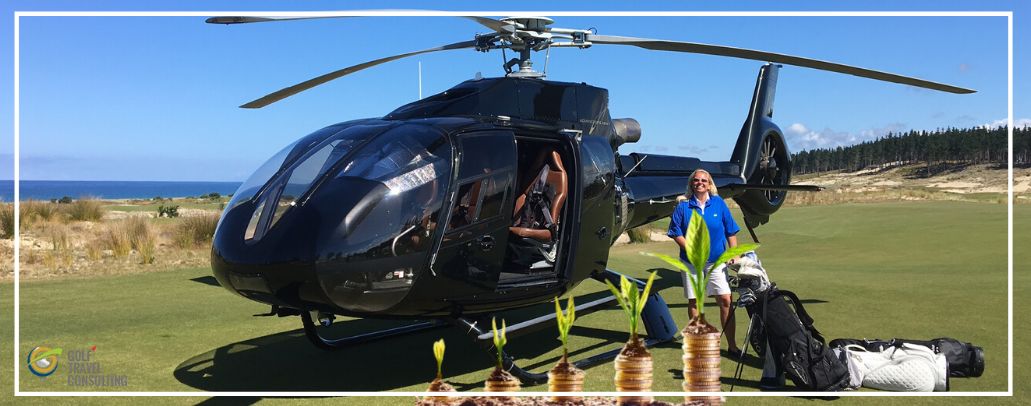
Golf Tourism represents the largest sports-related travel market and is considered the most potential instrument to boost tourism. Not surprising that both public and private sector on national, regional and local level try to attract these affluent, high-value-adding tourists who generate above-average per capita revenues for the destination.
According to Mintel International Group Golf Tourism is valued at US$30 Billion with over 52 million golf tourists traveling the world to play on some of the estimated 36,000+ courses. IAGTO, the International Association of Golf Tour Operators, suggests that 30 per cent of all golfers take annual golf holidays, 63 million golfing holidays are taken annually, generating a total value of about $ 30 billion.
Golf Travelers spend on average 2.5x times more than leisure tourists at the destination, only 25% is spent on golf.
CTTC and the National Golf Foundation revealed in a study about Travel to California that the average length of a trip of a domestic visitor is 3.6 days, whereas a golfer stays Golfers 4.6 days. Overseas golf travelers stay minimum 7 nights according to a survey conducted by Golf Travel Consulting with 135 international golf tour operators. The difference in visitor spending between leisure tourist and golfer is even more significant. In California visiting golfers spend 2.8 times as much as typical visitors, throughout the supply chain (transportation, hotel, food and shopping).
In addition to the quantitative $$$ impact, Golf Tourism has ancilliary benefits that impact the destination in a positive way.
1) Many destinations prolong the season with golf tourism. Portugal, Spain, Turkey are just a few established golf destinations that have managed to minimizes the seasonality effect by developing a strong golf product.
2) Golf tourism adds value to the tourism products by enhancing and diversifying them with new activities, facilities & services.
3) Golf tourism contributes positively to the development and growth of certain sectors such as the Spa sector.
4) Golf tourism extends revenue from tourism ancillaries such as the meeting and incentive trade.
5) Golf Tourism improves the picture of the quality of the destination and positions the destination at a different level. The quality of tourism increases.
6) Golf Tourism is a lot more resilient than any other tourism segment, which may alter a destination´s path from decline to rejuvenation, particularly in challenging times.
To position a destination successfully as a golf destination and to maximize the economic impact on a destination level and hotel / golf / transportation …level, the entire tourism cluster needs to work together and speak with one voice internationally. A horizontally and vertically integrated strategy needs to be defined: Providing a strong product mix, delivering great value for money, harnessing the power of select golf tour operators in carefully defined markets, implementing clear and informative promotional strategies, executing activities and tactics effectively are the cornerstones to success!
